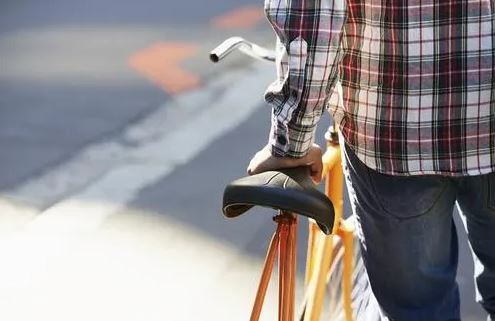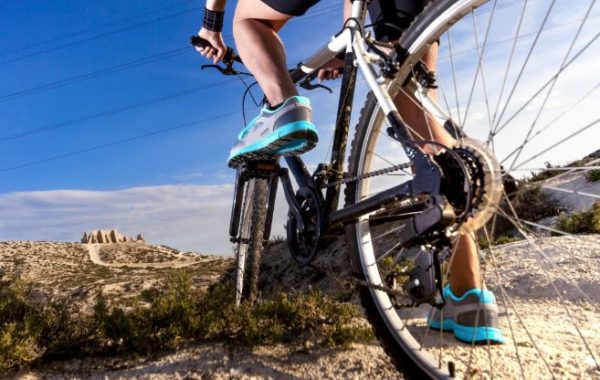Lifestyle
Erectile dysfunction and Cycling: What you need to know

Cycling is a fun sport which is loved by all, young and old.
It can be a low-impact activity if you wish to cycle at a slow or moderate pace or can turn intense if you accept a challenge by your cycling partner (ensuring cycling in a traffic-free environment such as a park).
It also comes with various health benefits such as increased cardiovascular fitness, muscle strength, flexibility, strengthened bones and decreased body fat levels.
Being sedentary is linked to erectile dysfunction, so cycling as a form of activity could reduce that risk.
However, at the same time, cycling could also be putting your erections at risk.
What happens in erectile dysfunction?
Erectile dysfunction, also known as impotence, is the inability to get and keep an erection firm enough for sex. Having erection trouble sometimes isn’t necessarily a cause for concern. However, if erectile dysfunction is an ongoing issue, it can increase your stress, affect your confidence and lead to relationship problems. It can also negatively affect your sexual desire.
Cycling and erectile dysfunction
Cycling may lead to erectile dysfunction as sitting on the saddle could be crushing your private parts, which means the pressure is falling on your nerves of your private parts. This can cause erectile dysfunction as it is not favorable for your fertility health.
During cycling, the seat puts constant pressure on the perineum, the area between the genitals and anus. This pressure can harm nerves and temporarily slow down blood flow. This can cause tingling or numbness in the penis and may eventually lead to erectile dysfunction as well.
What research says
Research from Wroclaw Medical University in Poland suggests that male cyclists should regularly stand up when biking to prevent erectile dysfunction. The research suggests they stand on the pedals every ten minutes. Apart from private parts getting crushed on the saddle, the study explains that genital numbness can also be caused due to poor riding technique or the wrong type of bike.
According to a Harvard Special Health Report also, bike riding can damage nerves and compress arteries in the penis, which can lead to erectile problems. The study found that the risk was highest among men who cycled for more than three hours a week.
Should you stop cycling?
This information is not to discourage men from cycling and there are certain measures which you can take to ensure that you continue cycling safely without developing any erectile problems.
Regularly standing up to get some movement and some fresh air down there can help to relieve the pressure from the genital area.
Ensure that the saddle is wide and well-padded to absorb the impact of the ride and reduce pressure down there. You can also add a gel-filled seat cover to improve comfort. One study in European Urology found that narrow cycle seats decreased oxygen to penis by 82.4% and narrow seats with a V-shape in the saddle nose decreased oxygen supply by 72.4%.
The handlebar height can also help to prevent any risks. A study in The Journal of Urology found that if the handlebar height is parallel or higher than the saddle, then it can increase your risk of erectile dysfunction compared with handlebars at a height lower than the saddle’s height.
Other risk factors for erectile dysfunction
Apart from cycling, there can be several other risk factors which can lead to erectile dysfunction. These include medical conditions such as diabetes or heart conditions; consumption of tobacco which restricts blood flow; obesity; medical treatments such as prostate surgery or radiation treatment for cancer; medications such as antidepressants; stress, anxiety or depression; and heavy or regular consumption of drugs and/or alcohol.










